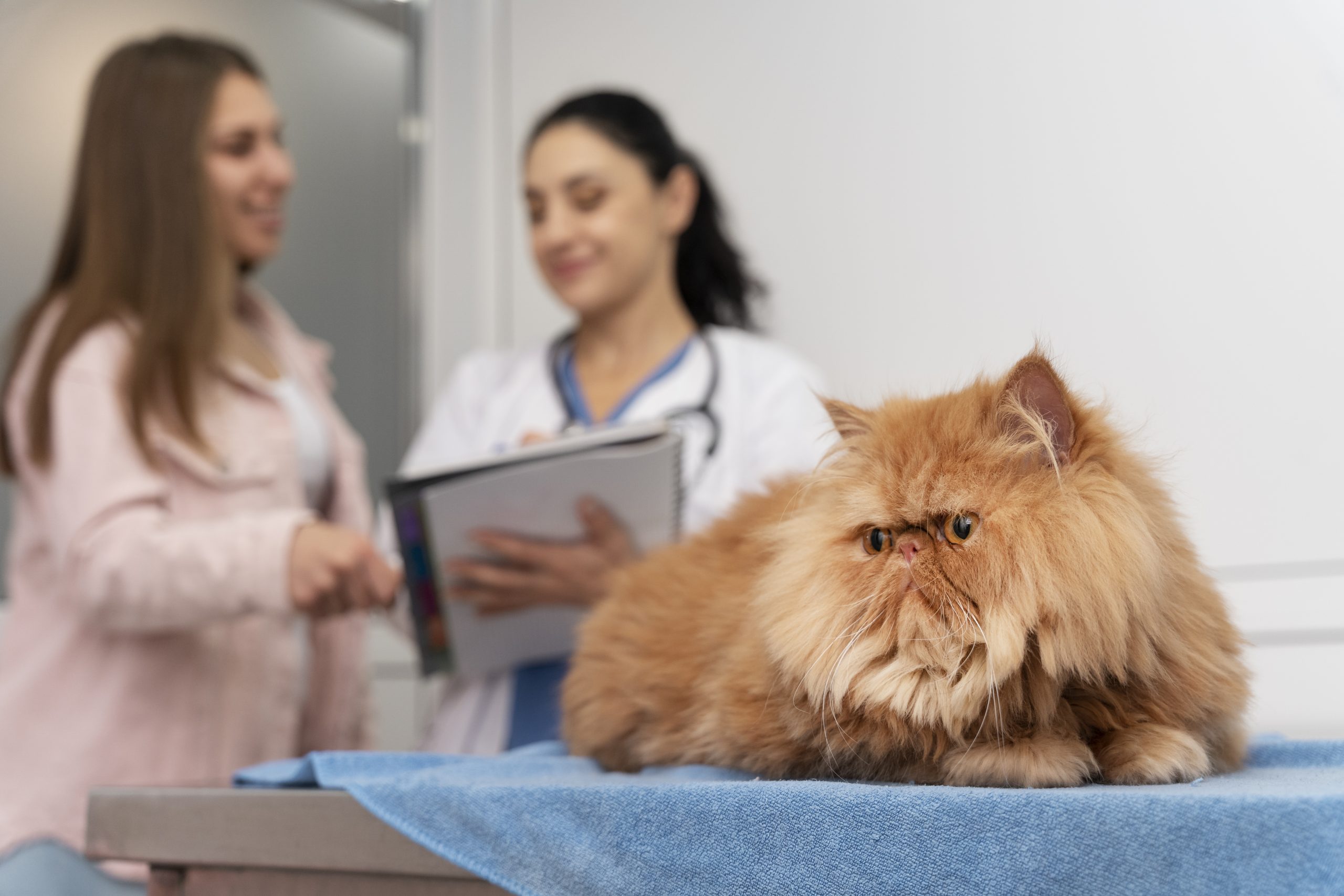Exploring Keratitis in Cats
Anatomy of the Cornea
The cornea is the transparent outer layer of the eye that covers the iris and pupil. It plays a vital role in refracting light and protecting the inner structures of the eye. Keratitis refers to inflammation of the cornea, which can occur due to various underlying factors.
Types of Keratitis
Keratitis in cats can manifest in different forms:
- Ulcerative Keratitis: Involves the formation of corneal ulcers, which are defects or erosions in the corneal epithelium.
- Non-ulcerative Keratitis: Characterized by inflammation of the cornea without the presence of ulcers.
- Infectious Keratitis: Caused by bacterial, viral, fungal, or parasitic infections of the cornea.
- Immune-mediated Keratitis: Results from an abnormal immune response targeting the cornea.
Recognizing Symptoms
Ocular Discomfort
Cats with keratitis may exhibit signs of ocular discomfort, including squinting, blinking, pawing at the affected eye, excessive tearing, and rubbing the eye against surfaces. The presence of inflammation can cause pain and irritation.
Ocular Changes
Signs of keratitis in cats may include redness of the conjunctiva, cloudiness or opacity of the cornea, discharge from the eye, and changes in corneal surface texture. In severe cases, corneal ulcers or erosions may be visible upon ophthalmic examination.
Diagnosis and Treatment
Veterinary Examination
Diagnosing keratitis in cats involves a thorough ophthalmic examination by a veterinarian or veterinary ophthalmologist. This may include visual inspection of the cornea using a slit lamp biomicroscope, assessment of corneal sensation, and evaluation of tear film quality.
Diagnostic Tests
Additional diagnostic tests may be necessary to determine the underlying cause and severity of keratitis. These may include corneal cytology (examination of cells from the corneal surface), corneal culture and sensitivity testing, fluorescein staining to detect corneal ulcers, or conjunctival swabs for infectious disease testing.
Management Strategies
Treatment of keratitis in cats aims to reduce inflammation, alleviate ocular discomfort, and promote corneal healing. This may involve medical management with topical or systemic medications (such as antibiotics, antivirals, antifungals, corticosteroids, or cyclosporine) to control infection, inflammation, or immune-mediated responses. In severe or refractory cases, surgical interventions such as corneal debridement or conjunctival grafting may be necessary.
Coping with Keratitis: The Emotional Impact
Pet Owner Support
The diagnosis of keratitis can be emotionally challenging for cat owners, who may feel distressed or concerned about their cat’s ocular health and well-being. Providing support, education, and resources for managing keratitis can help pet owners navigate the emotional impact of the condition and ensure optimal care for their feline companions.
Environmental Modifications
Creating a conducive environment for cats with keratitis can help promote ocular health and comfort. Minimizing exposure to potential irritants or allergens, providing a clean and dust-free living space, and avoiding exposure to cigarette smoke or other pollutants can help reduce the risk of exacerbating keratitis symptoms.
Conclusion: Promoting Feline Ocular Health
Keratitis is a common and potentially sight-threatening ocular condition in cats that requires prompt recognition and appropriate management to preserve vision and alleviate ocular discomfort. By raising awareness of keratitis, promoting regular veterinary examinations, and providing access to advanced diagnostic and treatment options, we can empower cat owners to overcome the challenges posed by this condition and ensure a lifetime of clear, comfortable vision for their feline companions. With dedication, vigilance, and a commitment to feline ocular health, we can ensure that every cat receives the care and attention they need to thrive and enjoy a fulfilling life.

